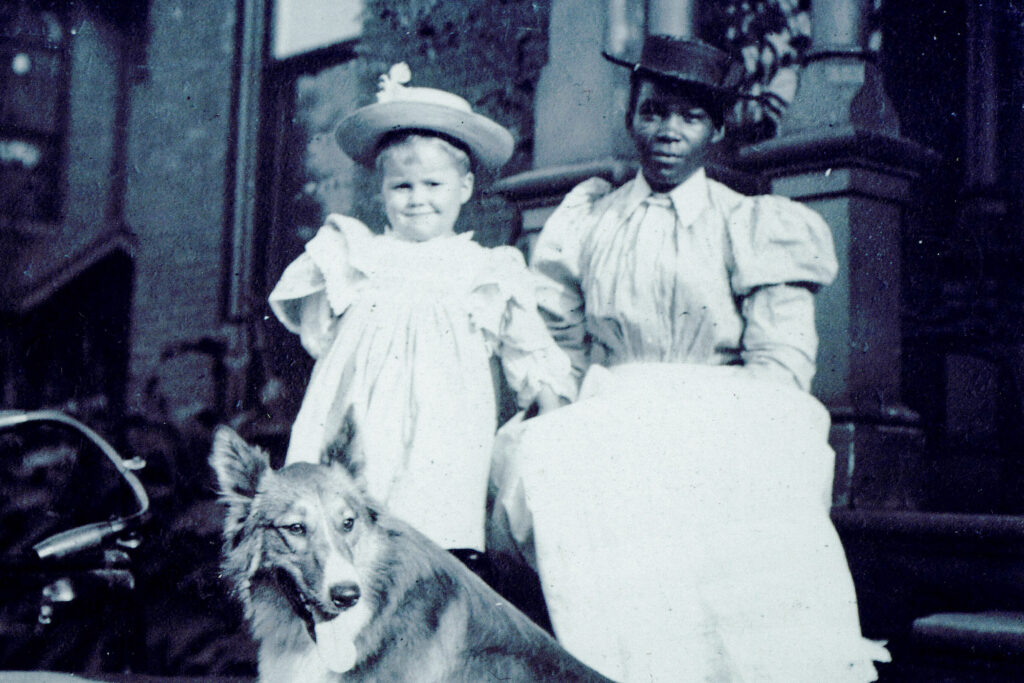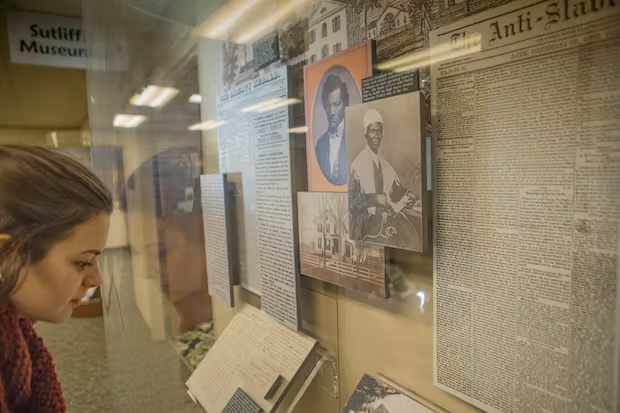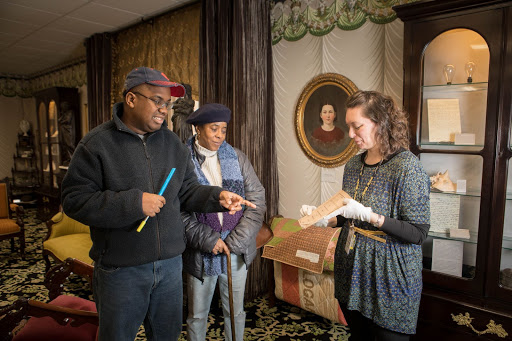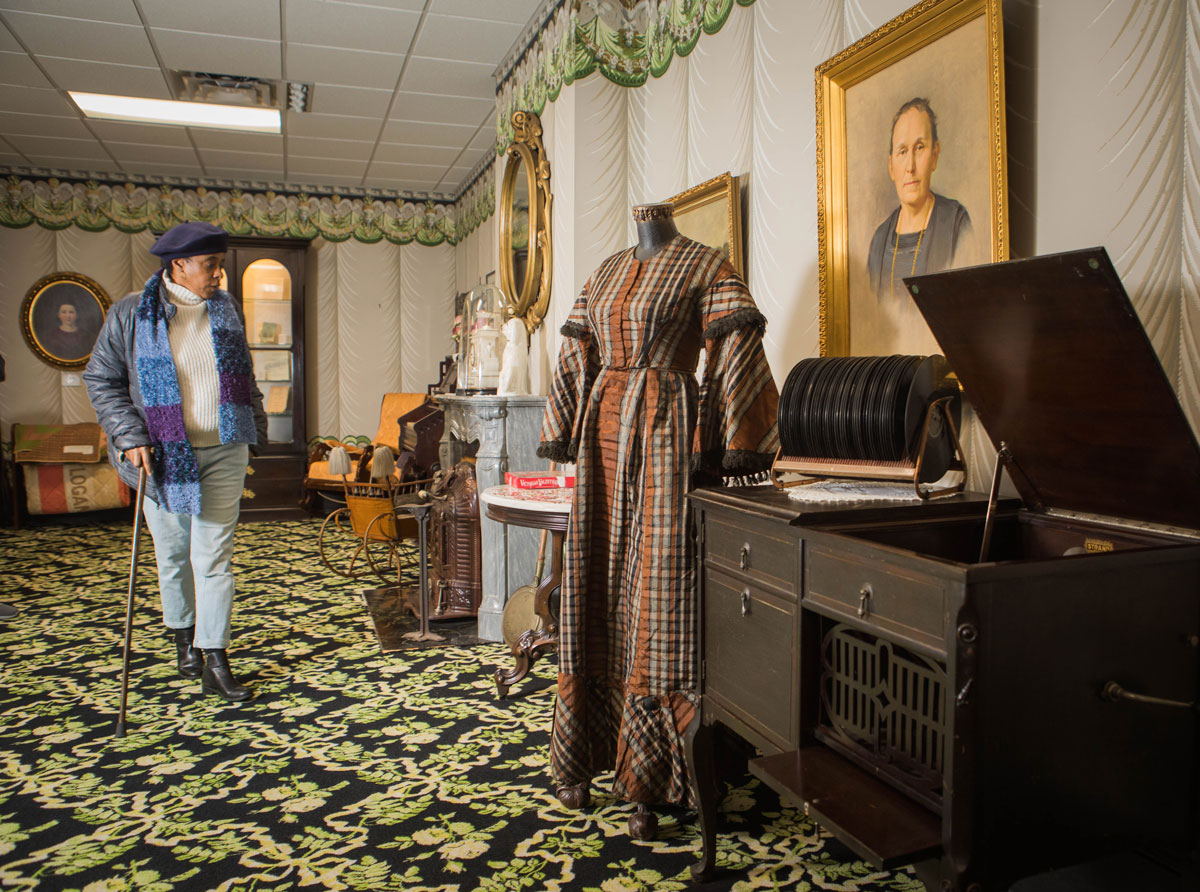 ">
">
Trumbull County Ohio History & Heritage
Trumbull County, Ohio - originally part of Connecticut’s Western Reserve - is steeped in rich history. Located in Northeast Ohio, it’s home to early American settlements and significant sites tied to the Underground Railroad.
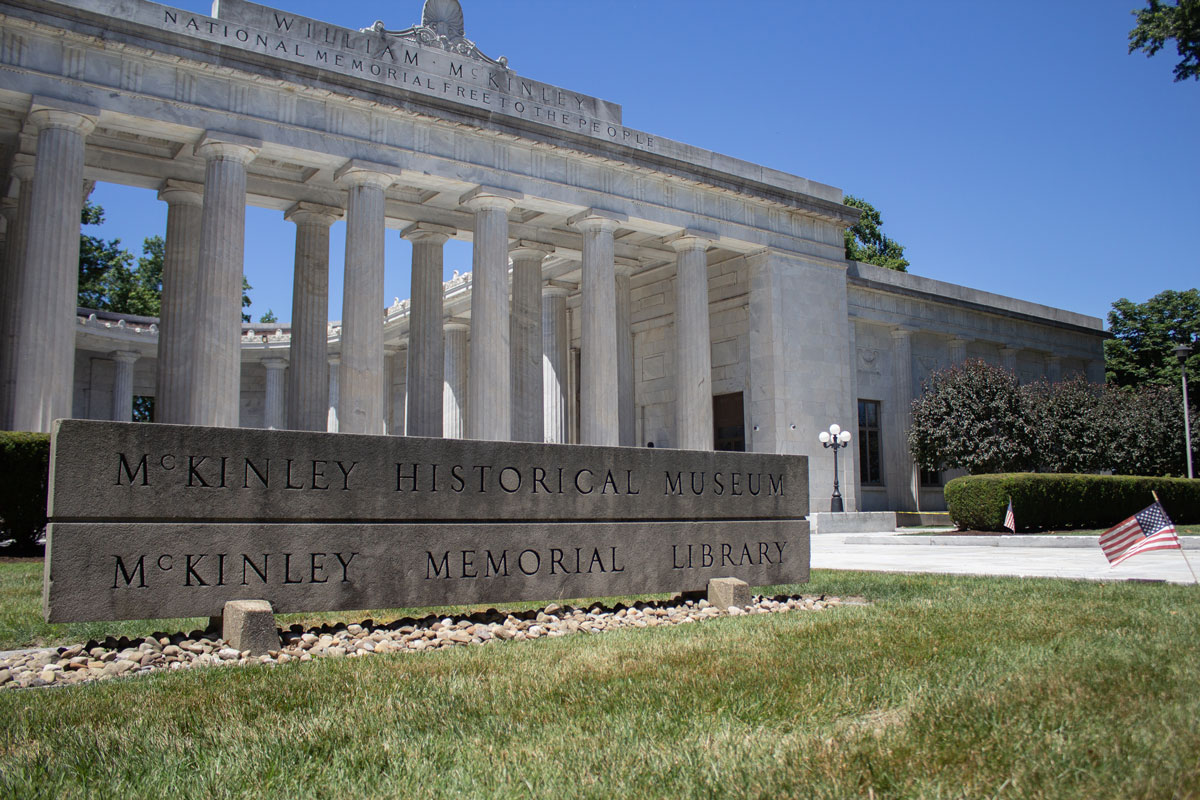
Trumbull County History
When the original 13 colonies of the US were formed, most of the land west of the colonies was unsettled. After all, no one knew exactly how far west the land extended. But the northern area of what would become Ohio was originally part of the state of Connecticut — if you take a look at a map of the eastern United States, the area is exactly west of the New England state.
In 1786, Connecticut gave up claim to this western region except for a strip of land that extended 120 miles wide from east to west and was bordered by Lake Erie to the north and Pennsylvania to the east. This reserve area, which was governed by Connecticut until 1800, was named the Connecticut Western Reserve.
In 1795 the land was sold to venture capitalists for $1.2 million, who then organized the Connecticut Land Company that ultimately surveyed and settled the region. Today this area is known as Northeast Ohio. The purchasers and their associates did not necessarily move to the reserve but instead hired agents to sell the land to those who wanted to migrate to the area. As early as 1796, settlers from Connecticut moved to the region earning the area the name New Connecticut.
Today, much of Northeast Ohio is reminiscent of New England, especially in architecture.
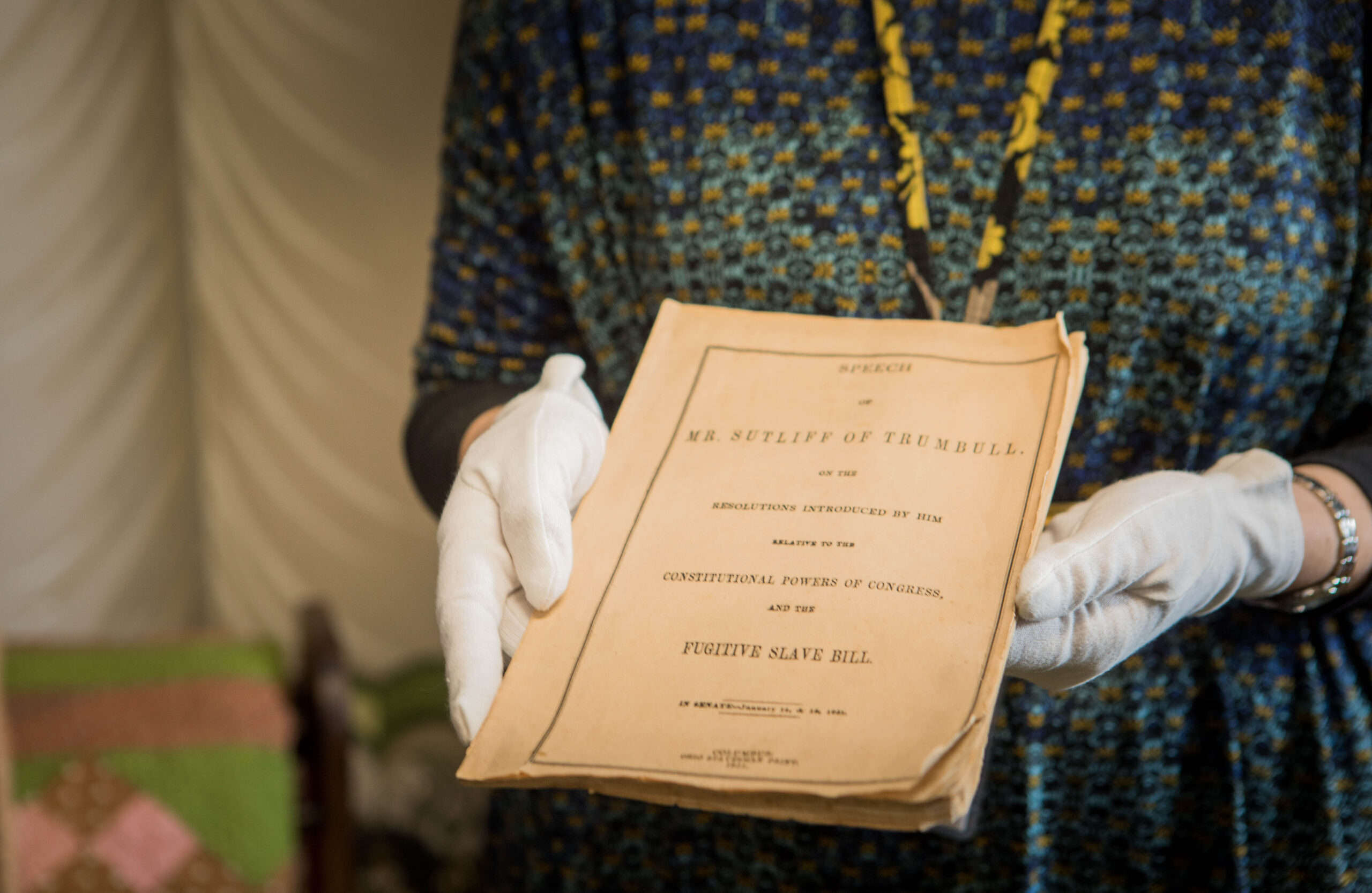
Trumbull County also played a significant role in the Underground Railroad movement.
As early as 1823, local citizens were helping fugitive slaves escape to the north. By 1837, Trumbull County had 30 anti-slavery societies with membership totaling close to 1,500. According to historians, Trumbull County had 153 miles of escape routes — more than any other county in Ohio.
The Warren-Ashtabula Turnpike, which is known today as St. Rte. 45 (Mahoning Avenue), was the most direct route to Canada. Stations were scattered throughout the county and there were 22 official conductors. Many of those hiding places are still standing today.
and videos from
"We Trumbull"
